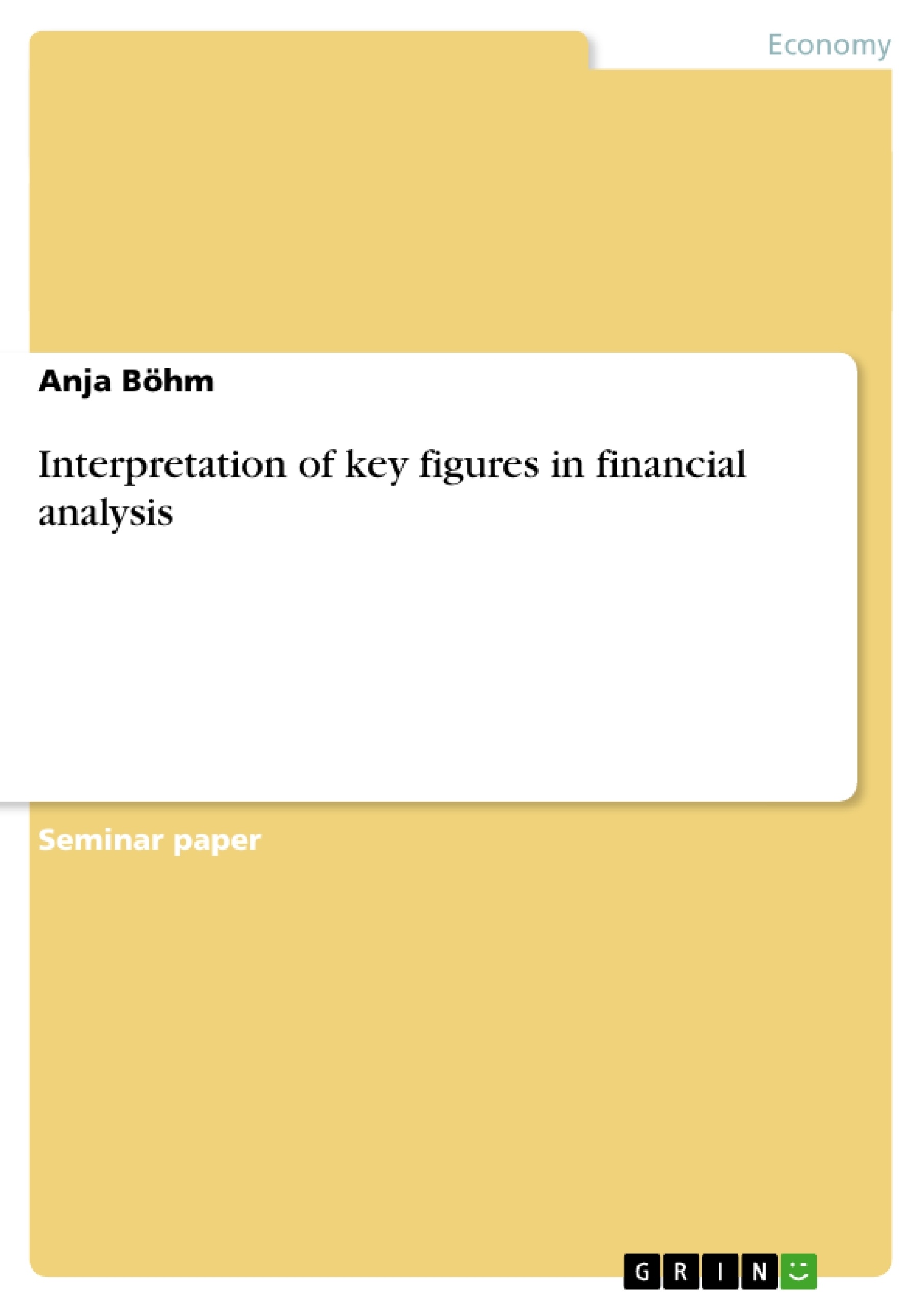Executive Summary Financial analysis can be conducted internally or externally to assess a company’s financial condition by analyzing mainly its financial statements. A company’s overall financial condition can be appraised using ratio analysis to examine its key figures in leverage, liquidity, efficiency and profitability. Within this paper, next to the theoretical explanations, the different ratios will be observed for the two retail companies Wal-Mart Stores Inc. (Wal-Mart) and Target Corp. (Target). Due to its large contribution to the US gross domestic product (GDP), the retail industry and its most important companies for the US, Wal-Mart and Target are examined more closely. Wal-Mart is a world-wide operating discount store, which engaged 2.1 million employees in January of 2008 and whose revenues made up about 2.1 % of US GDP. Compared to Wal-Mart, the upscale discounter Target employs 366,000 people within the US. Within this paper the following leverage ratios, which are computed to evaluate a company’s ability to meet financial obligations, will be theoretically explained and then examined more closely for the US discounters Wal-Mart and Target: the debt-ratio, the debt-equity ratio and the times-interest-earned ratio. The computed leverage ratios need to be confronted with the liquidity ratios to investigate, whether a company can also cover its short-term debts in order to survive and to then meet long-term debt obligations. Within this paper the current ratio, the quick ratio and the cash ratio will be regarded more closely for Wal-Mart and Target. How efficiently a company makes usage of the invested current and fixed assets is detected using efficiency ratios, like the sales-to-assets ratio, the days in inventory ratio and the average collection period. Profitability ratios investigate how profitable a company works compared to its competitors analyzing the net profit margin, the return on assets and the return on equity as well as the payout ratio. Finally connections between the profitability and efficiency ratios will be shown using the Dupont system.
Inhaltsverzeichnis (Table of Contents)
- Executive Summary
- Table of Contents
- List of Tables
- List of Abbreviations
- Introduction
- Examples from the Retail Industry
- Wal-Mart Stores Inc.
- Target Corp.
- Key Figures in Financial Analysis
- Leverage Ratios
- Debt Ratio
- Debt-Equity Ratio
- Times-Interest-Earned
- Liquidity Ratios
- Current Ratio
- Quick Ratio
- Cash Ratio
- Efficiency Ratios
- Sales-To-Assets Ratio
- Days in Inventory
- Average Collection Period
- Profitability Ratios
- Net Profit Margin
- Return on Assets (ROA)
- Return on Equity (ROE)
- Payout Ratio
- The Dupont System
- Leverage Ratios
- Conclusion
- Bibliography
- Appendices
- Balance Sheet Wal-Mart Stores Inc.
- Income Statement Wal-Mart Stores Inc.
- Balance Sheet Target Corp.
- Income Statement Target Corp.
- ITM-Checklist
Zielsetzung und Themenschwerpunkte (Objectives and Key Themes)
This paper analyzes the financial condition of Wal-Mart Stores Inc. and Target Corp. using key financial ratios. The objective is to provide an in-depth assessment of the companies' leverage, liquidity, efficiency, and profitability.- Leverage ratios are used to evaluate the companies' ability to meet financial obligations.
- Liquidity ratios are used to assess their ability to cover short-term debts.
- Efficiency ratios measure how efficiently the companies utilize their assets.
- Profitability ratios analyze the companies' profitability compared to their competitors.
- The DuPont system is employed to demonstrate connections between profitability and efficiency ratios.
Zusammenfassung der Kapitel (Chapter Summaries)
- Introduction: This chapter introduces the concept of financial analysis and its importance in assessing a company's financial condition. It also provides an overview of the retail industry, specifically focusing on Wal-Mart and Target.
- Key Figures in Financial Analysis: This chapter delves into the key figures used in financial analysis, categorized into leverage ratios, liquidity ratios, efficiency ratios, and profitability ratios. It provides theoretical explanations and detailed calculations for each ratio, using data from Wal-Mart and Target.
- The Dupont System: This chapter explores the connection between profitability and efficiency ratios through the DuPont system, which provides a deeper understanding of how these ratios interact and influence each other.
Schlüsselwörter (Keywords)
This paper explores key concepts in financial analysis, including leverage, liquidity, efficiency, and profitability ratios. Specific themes include the retail industry, Wal-Mart Stores Inc., Target Corp., and the DuPont system. The paper utilizes financial statement data to analyze the companies' financial performance and provide insights into their financial health.- Citation du texte
- Anja Böhm (Auteur), 2008, Interpretation of key figures in financial analysis, Munich, GRIN Verlag, https://www.grin.com/document/114941



